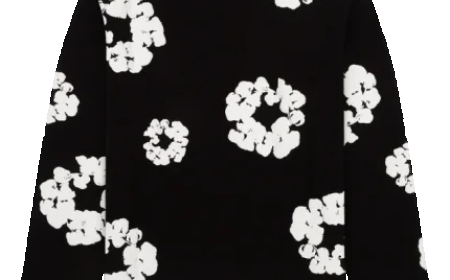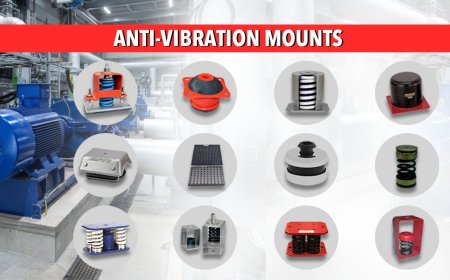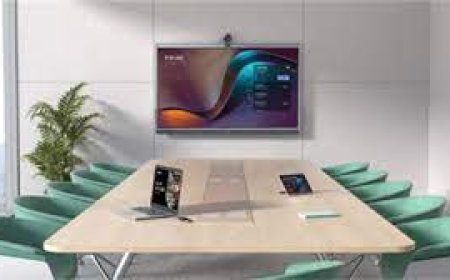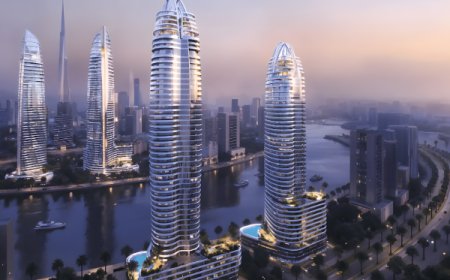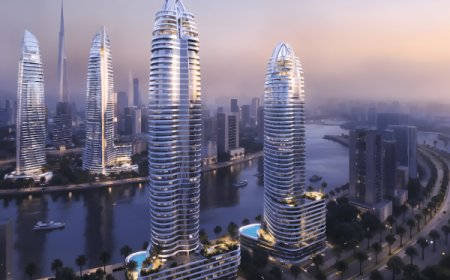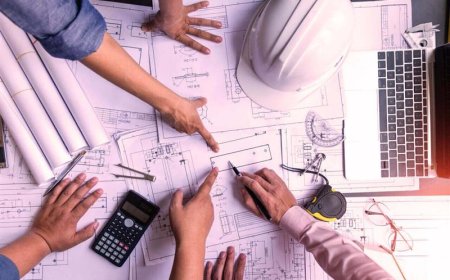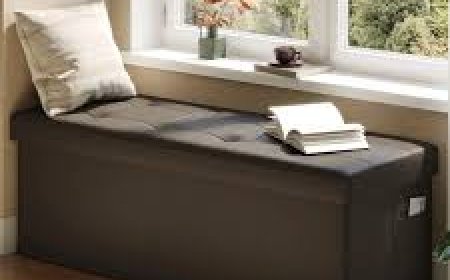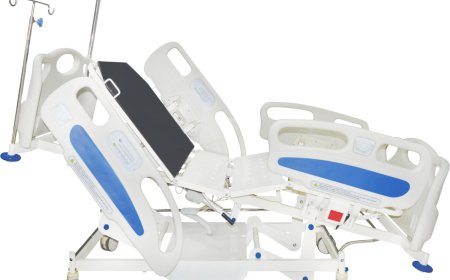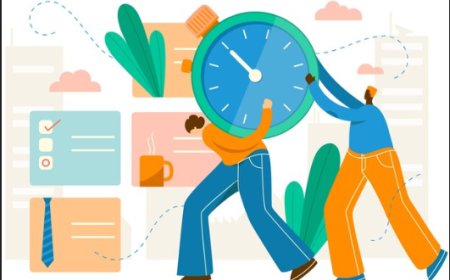Modern Office Table Design for Better Workplace Productivity
In todays fast-evolving business environment, office furniture is more than just a utility it plays a vital role in defining company culture, boosting employee productivity, and enhancing client perceptions. At the heart of any office setup is the office table, a piece of furniture that significantly influences how efficiently people work and interact. Choosing the right office table design can set the tone for the entire workspace, improve ergonomics, and foster better collaboration among team members. As businesses shift towards more flexible and employee-centric designs, office tables are no longer standard, one-size-fits-all furniture. Instead, they are evolving into dynamic solutions that reflect style, function, and modern needs.
Whether it's an executive suite, a collaborative zone, or a minimalist startup corner, the table you choose must align with your companys objectives and your employees working habits. Businesses today must understand the impact of the physical environment on mental wellness, focus, and productivity. Therefore, selecting the right office table design isn't merely an aesthetic decisionits a strategic one.
The Importance of Ergonomics in Office Table Design
Ergonomics plays a critical role in determining how effective an office table is in supporting daily tasks. An ergonomically designed table contributes to comfort, posture, and overall health. Poorly designed tables can lead to back problems, carpal tunnel syndrome, eye strain, and a host of other physical issues. Therefore, a well-constructed office table design should ensure that users can maintain neutral postures and minimize strain over extended periods of use.
Adjustable height desks have grown in popularity because they allow users to alternate between sitting and standing positions, improving circulation and reducing sedentary behavior. Furthermore, the placement of monitors, keyboards, and other essential items should be considered when choosing or customizing office tables. Cable management systems, storage compartments, and adequate surface space also play crucial roles in maintaining a clutter-free and efficient work environment.
Office Table Design Trends Shaping Todays Workspaces
As office culture evolves, so do the design preferences of furniture. Minimalist and Scandinavian designs are leading trends due to their clean lines, light colors, and functional features. These styles focus on simplicity and utility without sacrificing aesthetic appeal. Another major trend in office table design is the integration of smart technology. Tables with built-in wireless charging, USB ports, and touch-sensitive lighting systems are becoming standard in many modern workspaces.
Modular tables are also growing in popularity because of their adaptability. They can be configured in different ways to suit various activities, whether its a brainstorming session, a one-on-one meeting, or focused solo work. Glass, metal, and engineered wood are common materials that are being blended creatively to enhance the look and feel of office tables. These modern materials not only elevate aesthetics but also offer durability and sustainability, two qualities that modern businesses increasingly prioritize.
Designing for Collaboration: Office Tables that Bring Teams Together
Collaboration is at the heart of many successful companies, and furniture plays a key role in encouraging team interaction. Office table design has evolved to support group discussions, collaborative tasks, and multi-person projects. Shared tables, often referred to as "benching systems," replace traditional cubicles and enable open communication and visual connection among team members.
Round and oval-shaped tables promote inclusiveness by eliminating hierarchy in seating positions. Such designs are commonly seen in meeting rooms, break-out areas, and creative departments. In contrast, conference tables tend to be long and rectangular, ideal for formal meetings and presentations. Regardless of the shape, the table's design should accommodate power access points, laptop space, and adequate lighting to support collaborative work.
Office Table Selection Based on Room Type and Functionality
Choosing the right office table requires considering the specific function of the space. In executive rooms, large wooden desks with storage drawers and luxurious finishes are often preferred to reflect authority and prestige. These tables usually come with matching credenzas, bookshelves, and ergonomic chairs to create a cohesive executive suite.
For workstations in open-plan offices, compact yet functional tables are ideal. These designs often feature minimalist layouts with integrated storage solutions and cable trays. In contrast, creative zones or hot-desking areas might benefit from lightweight, movable tables that offer flexibility and easy reconfiguration. Reception areas often require stylish yet functional tables that serve both as a workspace and a first point of interaction for visitors.
Each department within an office may have specific needs HR might need private desks for interviews, while IT might need tech-integrated setups for equipment-heavy tasks. Therefore, the office table design should align with the intended use and departmental requirements.
Balancing Aesthetics and Practicality in Office Table Design
While functionality is critical, aesthetics cant be overlooked. A well-designed office table should complement the overall interior design of the workspace. Whether you're aiming for a professional, cozy, or creative vibe, the furniture must reinforce the brands identity. Matching table colors, finishes, and forms with the companys visual theme can enhance the workplace atmosphere and impress clients and visitors.
It's also worth noting that a beautiful table contributes to employees morale. Working in a visually pleasing environment can improve mood and satisfaction, which in turn leads to better performance. Integrating elements like natural wood tones, matte surfaces, or accent colors can help personalize spaces and make them feel more welcoming.
Furthermore, incorporating sustainable materials such as bamboo, reclaimed wood, and recycled metals reflects corporate responsibility and resonates with eco-conscious staff and customers. The ideal office table design thus strikes the perfect balance between beauty and utility, supporting daily tasks while elevating the workspace's overall appeal.
Conclusion: Invest in the Right Office Table Design for Long-Term Gains
Incorporating smart, ergonomic, and visually appealing office table design is an investment in your organizations long-term success. By creating workspaces that support efficiency, collaboration, and well-being, businesses can boost productivity and employee satisfaction. The right table does not just fulfill a function it enhances the entire working experience. As more companies prioritize flexible, stylish, and health-conscious workspaces, furniture design will continue to play a central role in shaping the future of work.
If you're looking to upgrade your workspace with functional yet stylish tables, Office table offers solutions tailored to meet the evolving demands of modern workplaces.

















